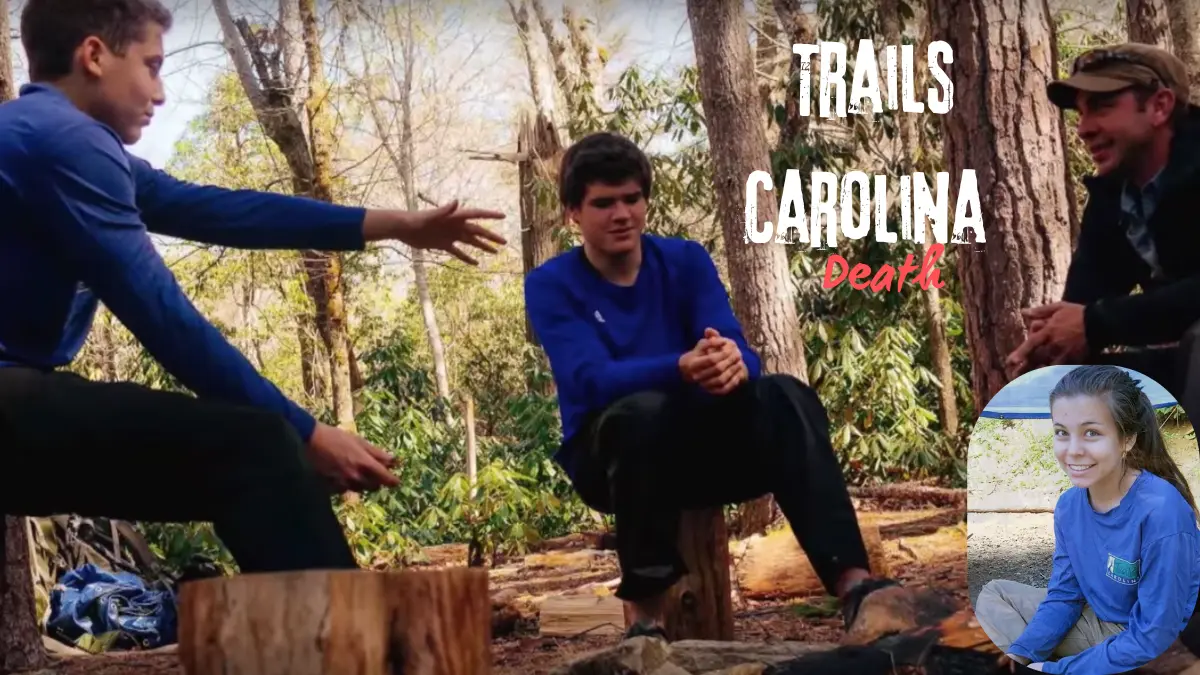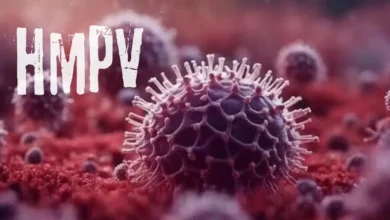Trails Carolina Death is a well-known wilderness therapy program that has garnered attention for its approach to helping struggling teens. The program involves taking adolescents into the wilderness to promote personal growth and healing through outdoor activities, life skills training, and counseling. The concept is rooted in the idea that nature can be a powerful medium for self-reflection, emotional healing, and transformation. However, the program has also been subject to scrutiny, especially after a tragic incident involving the death of a young participant.
In this article, we will delve into the details surrounding the death, the circumstances leading to it, the impact on the Trails Carolina Death program, and the broader conversation surrounding wilderness therapy programs for troubled youth. By examining these events in detail, we aim to shed light on the complex and often controversial nature of such programs, their potential risks, and the need for greater oversight and accountability.
The Incident

The tragedy that has become a focal point in discussions about Trails Carolina death occurred when a teenage participant in the program died while on a wilderness excursion. The exact details of the death have been widely reported but remain controversial and surrounded by questions about the program’s practices and the safety measures it has in place.
It was a routine part of the program for adolescents to participate in challenging physical activities designed to push them beyond their comfort zones. However, the incident in question took place during one such activity, where the participant was faced with extreme physical conditions and was seemingly unable to complete the task at hand. According to reports, the conditions were harsh, and the participant’s health began to deteriorate due to exhaustion and the physical demands of the wilderness.
At the time of the incident, it was not immediately clear whether the medical staff or the instructors acted quickly enough to address the situation. Investigations into the death have raised serious concerns about whether the staff was properly trained to handle such an emergency and whether sufficient medical support was available in the remote location. The exact cause of death was later determined to be a result of a combination of factors, including physical exhaustion, a lack of proper hydration, and inadequate medical intervention.
The Aftermath of the Incident
In the wake of the tragedy, Trails Carolina Death came under intense scrutiny from both the media and the public. Many parents, especially those with children enrolled in similar wilderness therapy programs, began to question the safety of such programs. The company faced significant backlash, with accusations that it had failed to properly safeguard the well-being of its participants.
Despite this, Trails Carolina Death maintained that the death was an isolated incident and that the program adhered to all necessary safety protocols. The company defended its practices, stating that they were continuously reviewing their safety procedures and making necessary adjustments to prevent similar incidents from occurring in the future.
However, the tragedy sparked a broader debate about the ethics and efficacy of wilderness therapy programs in general. Some critics of the program argued that wilderness therapy, as a whole, was inherently risky and that the physical and psychological challenges participants face were sometimes too extreme, especially for adolescents dealing with mental health issues.
This incident led to increased attention from regulators and advocacy groups calling for more oversight of wilderness therapy programs. These groups argued that programs like Trails Carolina Death should be required to meet higher standards in terms of medical care, staff training, and overall participant safety. There was a growing consensus that such programs should be more heavily regulated to ensure that no other young person would face similar risks.
The Role of Wilderness Therapy Programs
Wilderness therapy programs, such as Trails Carolina Death, are designed to help troubled adolescents who struggle with a range of issues, including substance abuse, behavioral problems, depression, and anxiety. These programs use outdoor adventures and intense, structured activities to teach emotional resilience, teamwork, and self-discipline. The hope is that by being removed from the distractions of modern life and immersed in nature, teens will have the space to reflect on their behavior, make lasting changes, and work through their personal issues.
While many individuals and families have had positive experiences with wilderness therapy, the approach is controversial. Proponents argue that it provides a transformative experience that traditional therapy or rehabilitation programs cannot offer. They contend that the physical challenges and the experience of working through adversity in nature can help adolescents build resilience and discover inner strength.
However, critics of wilderness therapy programs point out that the conditions in which these programs take place can be extremely challenging, and in some cases, dangerous. They argue that while the idea of using nature as a tool for healing is appealing, the lack of adequate medical care, the remote locations, and the physical demands of the programs can put participants at risk. In some cases, the programs have been criticized for using overly harsh methods to address behavioral issues, which can exacerbate rather than alleviate the problems the teens face.
The death that occurred at Trails Carolina Death highlighted these concerns and drew attention to the risks inherent in wilderness therapy. It raised important questions about the balance between pushing teens to overcome challenges and ensuring their safety and well-being.
Legal and Ethical Considerations
The tragic death of a participant in the Trails Carolina Death program also brought up important legal and ethical considerations. Many of the families who enroll their children in wilderness therapy programs do so because they believe these programs can help their children overcome serious challenges, such as addiction or mental health issues. Parents often place a great deal of trust in the program, believing that the staff is trained to handle emergencies and that the program is adequately equipped to address any potential health concerns.
In the case of the Trails Carolina Death, however, the incident led some to question whether the program was sufficiently prepared to handle extreme situations. While wilderness therapy programs are not required to meet the same level of oversight and regulation as traditional medical or psychiatric programs, the incident raised concerns about whether they should be held to higher standards.
The ethical dilemma also lies in the question of whether it is appropriate to subject troubled teens to such intense, high-risk experiences in the name of therapy. The participants in wilderness therapy programs are often vulnerable, struggling with deep emotional issues, and may not have the coping skills needed to handle extreme situations. This raises questions about the program’s duty of care to its participants and whether the risks of these programs are adequately disclosed to parents and families beforehand.
The Need for Reform and Accountability
The death of a participant in the Trails Carolina Death program underscores the need for reform and greater accountability in the wilderness therapy industry. Advocates for greater oversight argue that these programs should be subject to more rigorous standards in terms of medical care, safety protocols, and staff training.
There are calls for these programs to be more transparent in their operations and to ensure that parents are fully informed about the risks involved. Some also argue that there should be independent, third-party reviews of these programs to assess whether they are meeting the necessary safety standards and to investigate any allegations of abuse or neglect.
In the aftermath of the Trails Carolina death, some improvements have been made within the industry, such as more stringent regulations and increased scrutiny from government agencies. However, advocates argue that more work still needs to be done to protect vulnerable adolescents who enroll in wilderness therapy programs.
Conclusion
The tragic incident that occurred at Trails Carolina Death serves as a stark reminder of the potential risks associated with wilderness therapy programs. While these programs may offer valuable experiences for many individuals, the loss of a young life highlights the need for increased safety, accountability, and transparency in the industry. As discussions around the ethics and practices of wilderness therapy continue to evolve, it is crucial that steps are taken to ensure that the well-being of participants is always prioritized, and that no other family has to experience such a heartbreaking tragedy.



